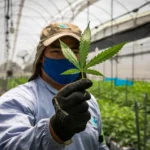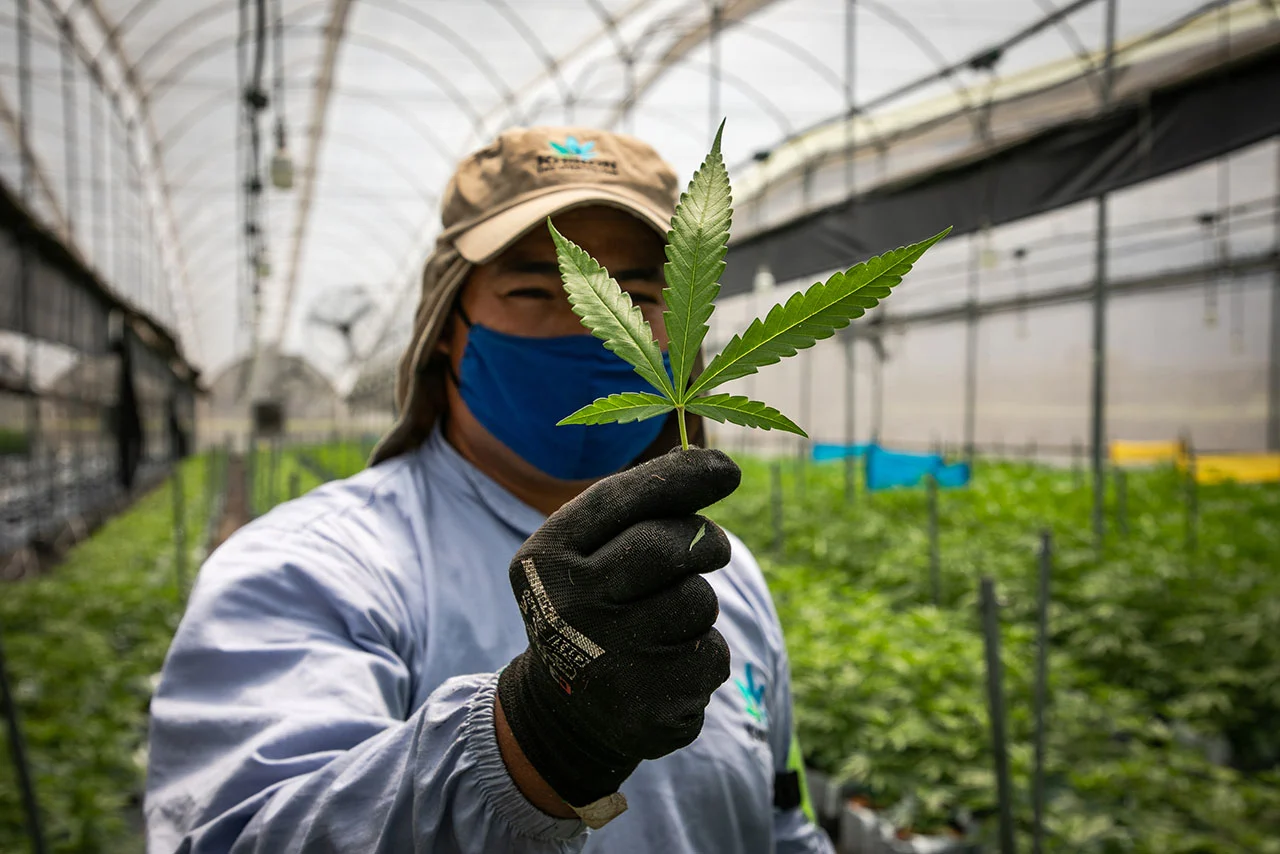Climate change is one of the most pressing issues facing our planet today, affecting ecosystems and species worldwide. Great Tits (Parus major), like many other birds, are experiencing profound impacts from changing climate patterns. Understanding how these birds adapt and survive in the face of climate change is crucial for conservation efforts and ecosystem management.
Climate Change and Its Effects on Great Tits
1. Shifts in Habitat and Distribution
Climate change is altering the geographic range of Great Tits, affecting their distribution patterns and habitat preferences. Warmer temperatures and altered precipitation patterns can lead to shifts in vegetation types and availability of food resources, influencing where great tits can thrive.
2. Phenological Changes
Changes in climate can disrupt the timing of key biological events, such as breeding and migration. Great Tits rely on environmental cues, such as temperature and day length, to time their breeding cycles. Shifts in phenology due to climate change can lead to mismatches with food availability, impacting reproductive success.
3. Food Availability and Foraging Behavior
Great Tits primarily feed on insects, spiders, seeds, and nuts. Climate change can affect the abundance and distribution of these food sources, birds of illinois forcing birds to adapt their foraging behavior or seek alternative food options. Erratic weather patterns may also disrupt insect emergence cycles, posing challenges for chick rearing.
4. Physiological Stress
Extreme weather events, such as heatwaves or severe storms, can subject Great Tits to physiological stress. Heat stress can reduce reproductive success and increase mortality rates, especially for chicks and adults during nesting periods. Changes in temperature and humidity levels can also impact metabolic rates and energy expenditure.
Adaptation Strategies of Great Tits
1. Behavioral Adaptations
Great Tits exhibit behavioral flexibility in response to climate change. They may adjust their nesting behaviors, such as nest site selection and timing of breeding, to mitigate the effects of fluctuating environmental conditions. Behavioral plasticity allows them to exploit new resources and cope with changing landscapes.
2. Physiological Adaptations
Physiological adaptations play a crucial role in enhancing Great Tits’ resilience to climate change. Birds may adjust their metabolic rates, body size, or plumage thickness in response to temperature fluctuations. Some individuals may migrate shorter distances or shift their range to higher altitudes where temperatures remain cooler.
3. Genetic Adaptations
Over generations, Great Tits may undergo genetic adaptations in response to selective pressures imposed by climate change. Natural selection favors individuals with genetic traits that confer advantages in warmer or unpredictable climates, such as increased heat tolerance or altered breeding behaviors.
Conservation Challenges and Strategies
1. Habitat Conservation
Protecting and restoring diverse habitats is essential for ensuring Great Tits have access to suitable breeding, foraging, and roosting sites. Conservation efforts should prioritize habitat connectivity and resilience to climate impacts, supporting populations as they adapt to changing environmental conditions.
2. Monitoring and Research
Long-term monitoring programs are crucial for tracking changes in Great Tits’ populations, behaviors, and responses to climate change. Research initiatives can provide valuable insights into adaptive strategies, phenological shifts, and the effectiveness of conservation interventions.
3. Public Awareness and Engagement
Raising awareness about the impacts of climate change on Great Tits and other wildlife fosters public support for conservation initiatives. Education campaigns can empower individuals to take action, such as reducing carbon footprints, supporting sustainable practices, and creating bird-friendly habitats in their communities.
Conclusion
Climate change poses significant challenges to Great Tits and other bird species worldwide, altering their habitats, behaviors, and survival strategies. By understanding how these birds adapt to environmental changes, we can develop effective conservation strategies to safeguard their future. Mitigating climate impacts requires collective efforts at local, national, and global levels to preserve biodiversity and ensure the resilience of ecosystems.
FAQs
How does climate change affect Great Tits’ breeding cycles? Climate change can disrupt the timing of breeding events, causing mismatches with food availability and impacting reproductive success.
What are some behavioral adaptations of Great Tits to climate change? Great Tits may adjust nesting behaviors and foraging strategies in response to changing environmental conditions, demonstrating behavioral flexibility.
How can habitat conservation help Great Tits cope with climate change? Conserving diverse habitats ensures Great Tits have access to suitable breeding, foraging, and roosting sites despite shifting climate patterns.
Why are phenological changes important for Great Tits? Phenological changes, such as shifts in timing of migration and breeding, influence the synchronization of Great Tits’ life cycles with food availability and environmental conditions.
What can individuals do to help mitigate climate impacts on Great Tits? Individual actions, such as reducing carbon emissions, supporting habitat conservation efforts, and promoting awareness about climate change, can contribute to the resilience of Great Tits and other wildlife.










